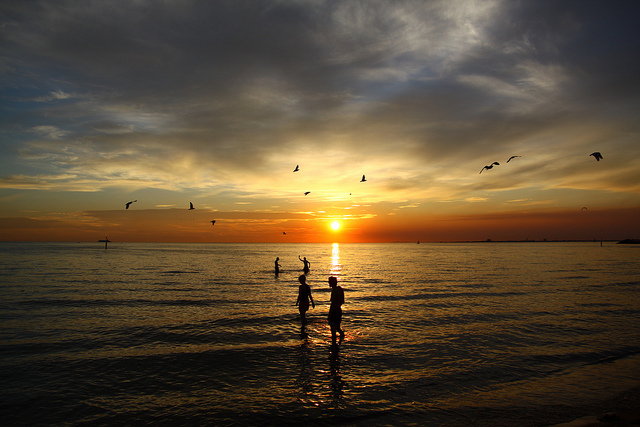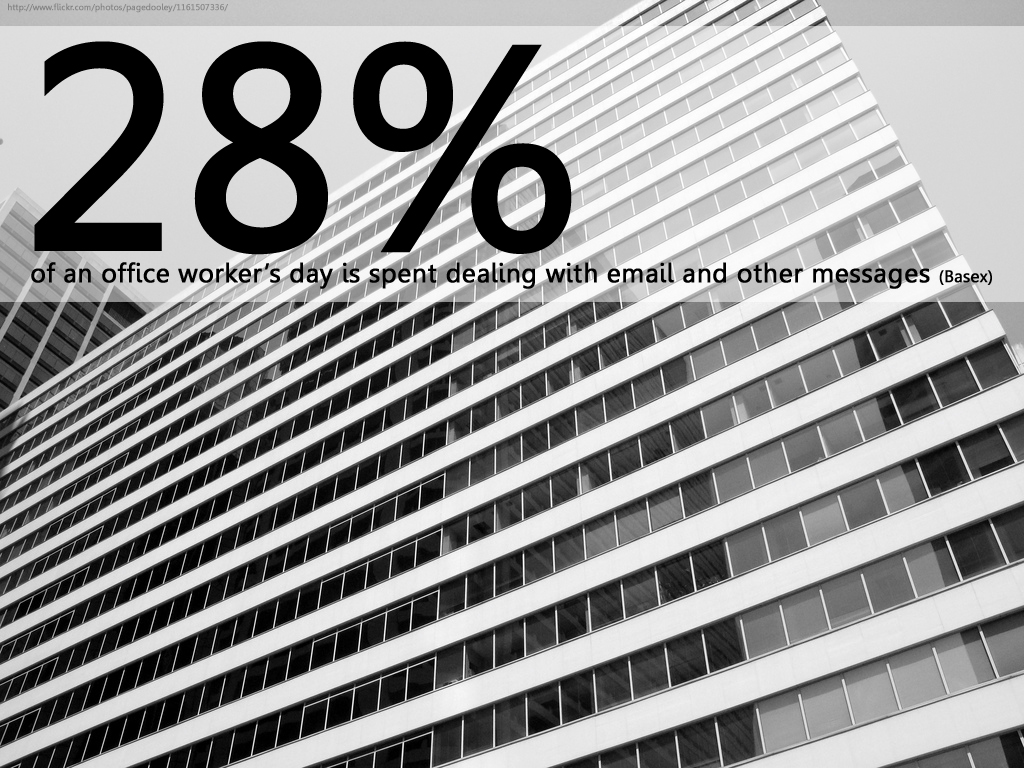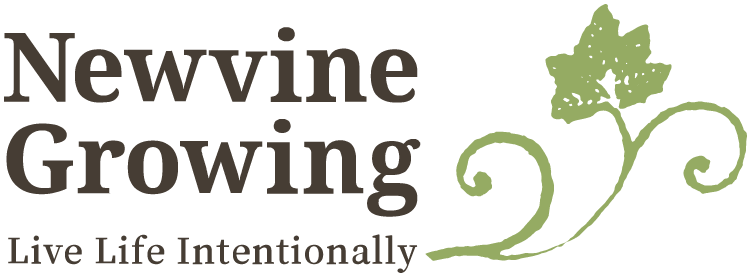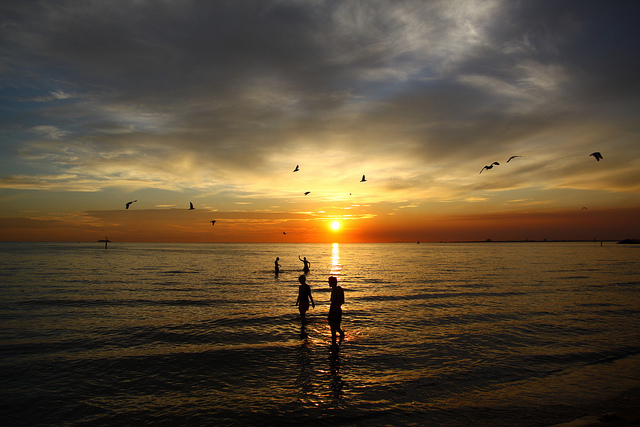
Beach sunset photo by James Jardine, used under Creative Commons license.
The last week or two of August feel like a ghost town in New York. So many people seem to clear out for one last trip to the beach or the mountains or whatever before school starts again.
Did you take a summer vacation?
And if so, did you really take the time off, or were you still checking work emails, still taking calls, still basically working, just from a different locale?
In a recent op-ed column in the New York Times, Daniel J. Levitin, director of the Laboratory for Music, Cognition and Expertise at McGill University and author of “The Organized Mind: Thinking Straight in the Age of Information Overload,” wrote about the value of giving your brain a break.
In “Hit the Reset Button in Your Brain,” Levitin explains that we’re taking in huge amounts of news and entertainment today, and we’re understandably overwhelmed, because our brain can only process so much.
Our brains have two dominant modes of attention: the task-positive network and the task-negative network (they’re called networks because they comprise distributed networks of neurons, like electrical circuits within the brain). The task-positive network is active when you’re actively engaged in a task, focused on it, and undistracted; neuroscientists have taken to calling it the central executive. The task-negative network is active when your mind is wandering; this is the daydreaming mode. These two attentional networks operate like a seesaw in the brain: when one is active the other is not.
This two-part attentional system is one of the crowning achievements of the human brain, and the focus it enables allowed us to harness fire, build the pyramids, discover penicillin and decode the entire human genome. Those projects required some plain old-fashioned stick-to-itiveness.
But the insight that led to them probably came from the daydreaming mode. This brain state, marked by the flow of connections among disparate ideas and thoughts, is responsible for our moments of greatest creativity and insight, when we’re able to solve problems that previously seemed unsolvable. You might be going for a walk or grocery shopping or doing something that doesn’t require sustained attention and suddenly — boom — the answer to a problem that had been vexing you suddenly appears. This is the mind-wandering mode, making connections among things that we didn’t previously see as connected.
So if your workplace doesn’t have a culture of truly letting people leave their cares behind when they take vacation — or if it’s frowned upon to even take vacation — maybe you can tell your boss that you need some task-negative time in order to tap into your best problem-solving insights?

Image from Will Lion, used under a Creative Commons license.
Back at work, Levitin suggests you compartmentalize email and social media to scheduled parts of your day, not as constant interruptions that eat at your brain’s processing resources.
I’ve read numerous experts suggesting checking email at specified times then shutting it down. I’ve experimented with it, and I do feel I get more, better work done — then I stray back out of a mix of curiosity about what’s there and guilt about leaving someone waiting.
Maybe I need to give that another try, so I can get more productive and make a little daydreaming time even when I’m not on vacation.
Increasing creativity will happen naturally as we tame the multitasking and immerse ourselves in a single task for sustained periods of, say, 30 to 50 minutes. Several studies have shown that a walk in nature or listening to music can trigger the mind-wandering mode. This acts as a neural reset button, and provides much needed perspective on what you’re doing.
Daydreaming leads to creativity, and creative activities teach us agency, the ability to change the world, to mold it to our liking, to have a positive effect on our environment. Music, for example, turns out to be an effective method for improving attention, building up self-confidence, social skills and a sense of engagement.
Check out Levitin’s full op-ed column here, so you can feel better about scheduling the rest of your vacation time in 2014.


4 Comments
Amy Spooner
Excellent post. I agree 100 percent, especially since I read it just days after returning from vacation! Also, just wanted you to know that I gave this a shout-out in my blog post:
http://meetthespooners.blogspot.com/2014/09/yes-really-i-turned-my-phone-off.html
Rock on, and Go Blue!
Colleen Newvine Tebeau
Thanks for the shoutout, Amy, and for sharing your experience of a vacation from your phone. Remember when you’d just give someone an emergency number for you — I generally gave my mom our hotel name and number when I traveled — and that was that? Then maybe you could check your email at an Internet cafe? Now 24/7 connectivity if you want it.
Good to hear you survived cutting that cord.
Leave a reply